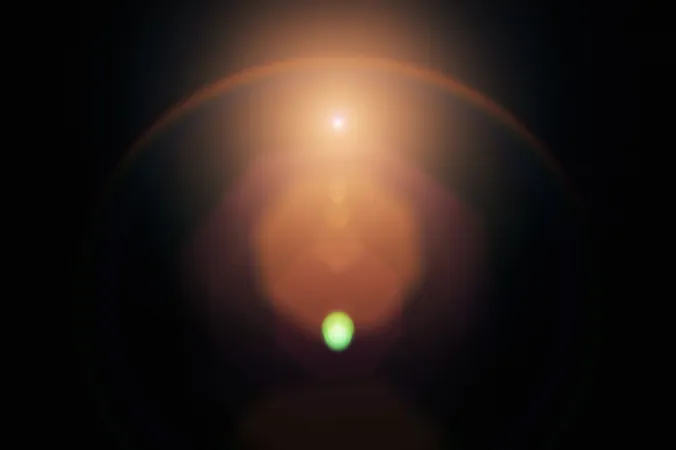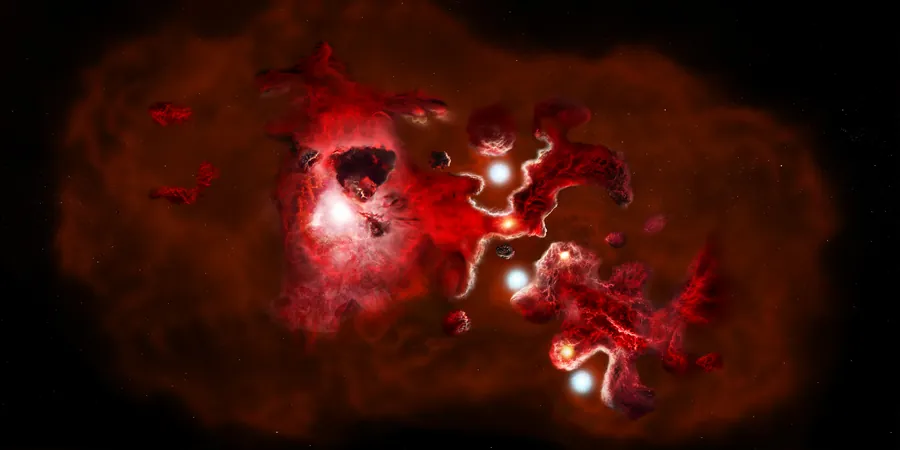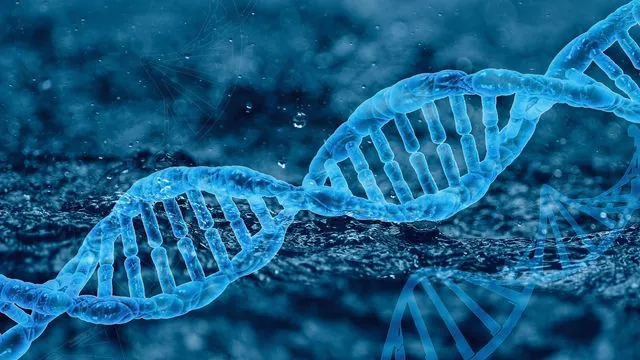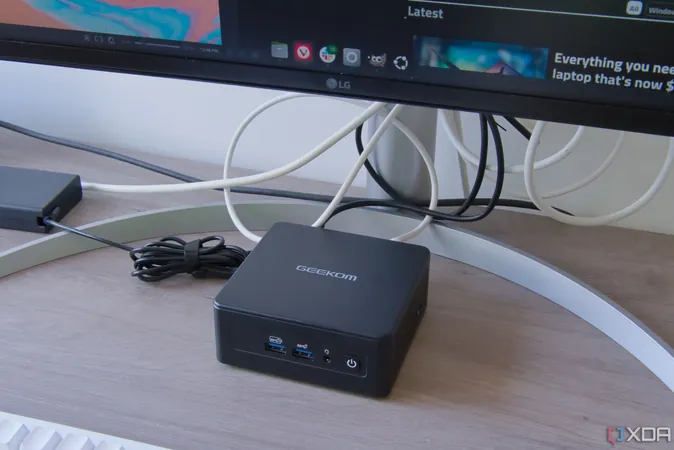
Unveiling the Universe: Chilean Telescopes Capture Light from the Dawn of Time
2025-06-13
Author: Amelia
In a stunning breakthrough, researchers in Chile have managed to detect ancient light from the Big Bang, originating over 13 billion years ago. This remarkable discovery sheds new light on the universe's origins, specifically during a period known as the Cosmic Dawn.
Harnessing ground-based telescopes high in the Andes, a team led by the U.S. National Science Foundation's Cosmology Large Angular Scale Surveyor (CLASS) project has achieved what was once considered impossible: capturing faint, polarized light that is a remnant of the universe's very first stars.
A Journey Back in Time
For the first time, astronomers have successfully peered back through 13 billion years of cosmic history from Earth, revealing the profound influence of primordial stars on the light emitted during the Big Bang. This milestone is documented in a new study released in The Astrophysical Journal, with contributions from Johns Hopkins University and the University of Chicago.
Conquering Earthly Challenges
Detecting such an ancient signal is no small feat. Tobias Marriage, project leader and professor of physics at Johns Hopkins, noted, "Many believed this could only be achieved from space. Astronomy is bound by technology, and capturing microwave signals from the Cosmic Dawn is notoriously tricky." Ground-based observations face hurdles like interference from radio waves and atmospheric fluctuations, making the CLASS team’s success all the more impressive.
CLASS: A Groundbreaking Approach
Previously, similar detections of relic light from the Big Bang were accomplished only by space telescopes like NASA's Wilkinson Microwave Anisotropy Probe and the European Space Agency’s Planck mission. CLASS utilized innovative telescope technology, strategically located in the Andes, to discern the subtle "fingerprints" of the first stars within this ancient light.
To isolate the ancient signals, researchers meticulously compared CLASS data against readings from the Planck and WMAP missions, effectively filtering out interference to hone in on the polarized microwave light.
Unearthing the Cosmic Dawn
The significance of this finding is profound. It offers fresh insights into the Cosmic Dawn — a time when the universe transitioned from an opaque fog of electrons to a state where light could eventually escape. As the first stars ignited, their energy re-ionized hydrogen atoms, altering the cosmic landscape. The CLASS team calculated the chances of a photon from the Big Bang colliding with a freed electron, providing clarity on the behavior of light in the universe's earliest moments.
Charles Bennett, a key figure in cosmic microwave background research, emphasized the importance of measuring this re-ionization signal with precision, as it enhances our understanding of dark matter and other elusive cosmic particles.
A Leap Forward in Astronomy
This research builds on CLASS's previous work, which mapped 75% of the night sky, further validating their pioneering observational strategies. Nigel Sharp, an NSF program director, praised the CLASS team for their groundbreaking achievements, stating that no other ground-based experiment rivals their capabilities in measuring cosmic microwave polarization signals.
With this monumental achievement, the CLASS project not only expands our understanding of the universe but also paves the way for further exploration in the realms of astrophysics.









 Brasil (PT)
Brasil (PT)
 Canada (EN)
Canada (EN)
 Chile (ES)
Chile (ES)
 Česko (CS)
Česko (CS)
 대한민국 (KO)
대한민국 (KO)
 España (ES)
España (ES)
 France (FR)
France (FR)
 Hong Kong (EN)
Hong Kong (EN)
 Italia (IT)
Italia (IT)
 日本 (JA)
日本 (JA)
 Magyarország (HU)
Magyarország (HU)
 Norge (NO)
Norge (NO)
 Polska (PL)
Polska (PL)
 Schweiz (DE)
Schweiz (DE)
 Singapore (EN)
Singapore (EN)
 Sverige (SV)
Sverige (SV)
 Suomi (FI)
Suomi (FI)
 Türkiye (TR)
Türkiye (TR)
 الإمارات العربية المتحدة (AR)
الإمارات العربية المتحدة (AR)